Discover 9 hidden attractions, cool sights, and unusual things to do in Aizkorri-Aratz Natural Park (Spain). Don't miss out on these must-see attractions: San Adrian, Sanctuary of Arantzazu, and Aratz. Also, be sure to include Aizkorri in your itinerary.
Below, you can find the list of the most amazing places you should visit in Aizkorri-Aratz Natural Park (Basque Country).
Table of Contents
San Adrian
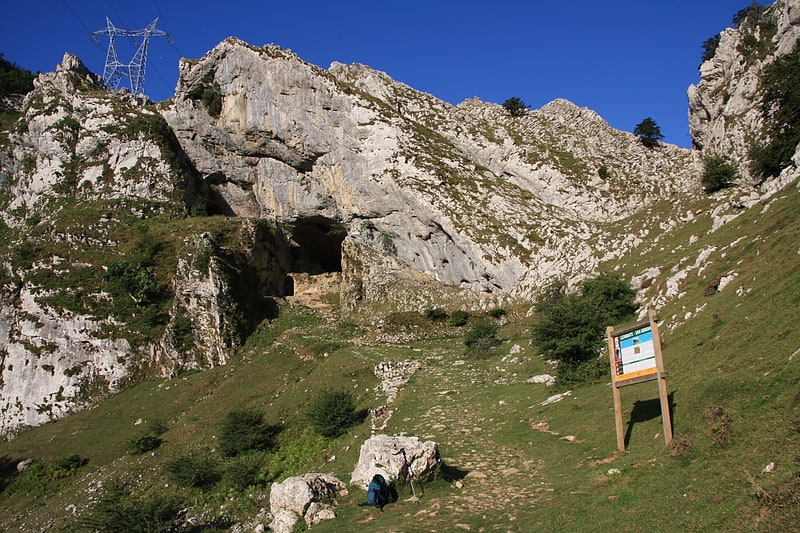
Also known as: Túnel de San Adrián
The San Adrian tunnel or Lizarrate represents the most outstanding milestone in the historic inland Basque route of the Way of St. James. It consists of a natural cave carved by water erosion in the rock with an opening on either side north and south; it also holds an hermitage inside. The tunnel provides a natural passage dividing the provinces of Gipuzkoa and Álava/Araba.
The Spanish-Basque linguistic boundary of the twentieth century was established in this area, the next village south, Zalduondo, having been predominantly Spanish speaking during that period. Nowadays many hikers cross the tunnel in order to gain access to the nearby peaks, forests and grazing fields, namely Aratz, Aizkorri and Urbia.[1]
Sanctuary of Arantzazu
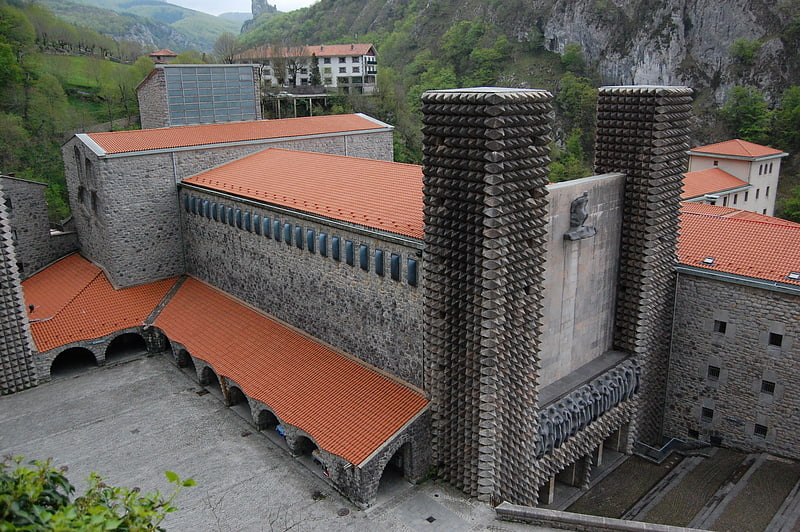
Also known as: Santuario de Aránzazu
Sanctuary in Arantzazu, Spain. The Sanctuary of Our Lady of Arantzazu is a Franciscan sanctuary located in Oñati, Basque Country, Spain. The shrine is a much appreciated place among Gipuzkoans, with the Virgin of Arantzazu being the sanctuary's namesake and patron saint of the province along with Ignatius of Loyola.
The place benefits from the highland silence and peaceful atmosphere of the Aizkorri mountain range along with a good road infrastructure, so the place is frequently visited by devotees and regional and foreign tourists alike. It is located in the site where presumably the Virgin of Arantzazu appeared to the shepherd Rodrigo de Balanzategui in 1468. Legend has it, the figure of the Virgin was in a thorn-bush, and his exclamation "Arantzan zu?!" (Thou, among the thorns?!) gave rise to the name of the place. According to the linguistic explanation, the name stems from "arantza + zu", 'place abounding in hawthorn'.
Arantzazu can be found as a female name in Spain in the forms of Arantza and Arantzazu (especially in Biscay and Gipuzkoa) along with Arancha (Spanish spelling) or Arantxa (Basque spelling), much in line with Spanish phonetics.
The place is also a starting point for several mountains trails and circuits for hikers that provide access to the meadows of Urbia and on to the mountain range Aizkorri, to the massif Aloña and to the lands south and east of the shrine. All the trails are well signalled.
Pope Leo XIII granted a Canonical coronation to the image on 13 September 1885. A variant replica bearing its same title was brought to the Philippines in 1705, featuring a standing posture. Pope Francis granted a Canonical coronation to the Philippine image on 31 May 2017. The image is currently enshrined in the Diocesan Shrine and Parish of Our Lady of Arantzazu in San Mateo, Rizal.[2]
Address: Arantzazu Auzoa Auzoa, 9, 20567 Oñati
Aratz
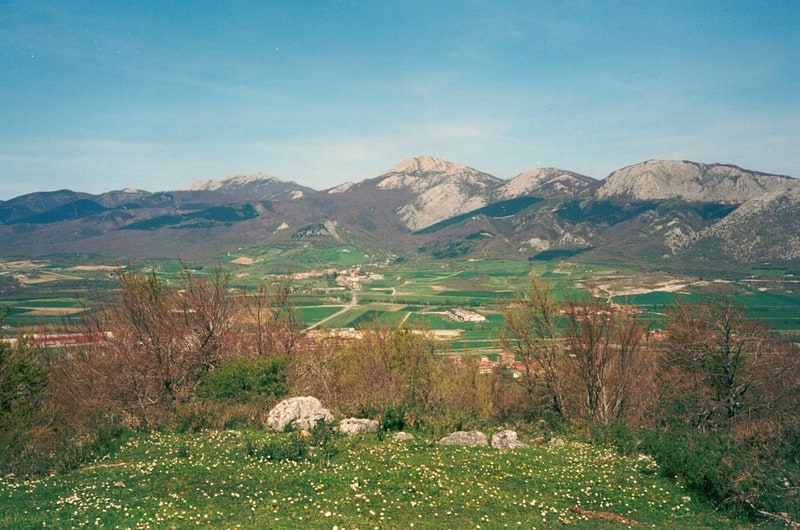
Mountain in Spain. Aratz is a mountain of the Basque Country in Spain located at the mountain range Altzania that provides the extension for the massif Aizkorri. It lies right on the line between provinces Gipuzkoa and Álava, the summit rising at 1,443 m high, next to Elurzuloak. The whole Aizkorri and Aratz area was declared the Aizkorri-Aratz Natural Park in 2006.[3]
Aizkorri
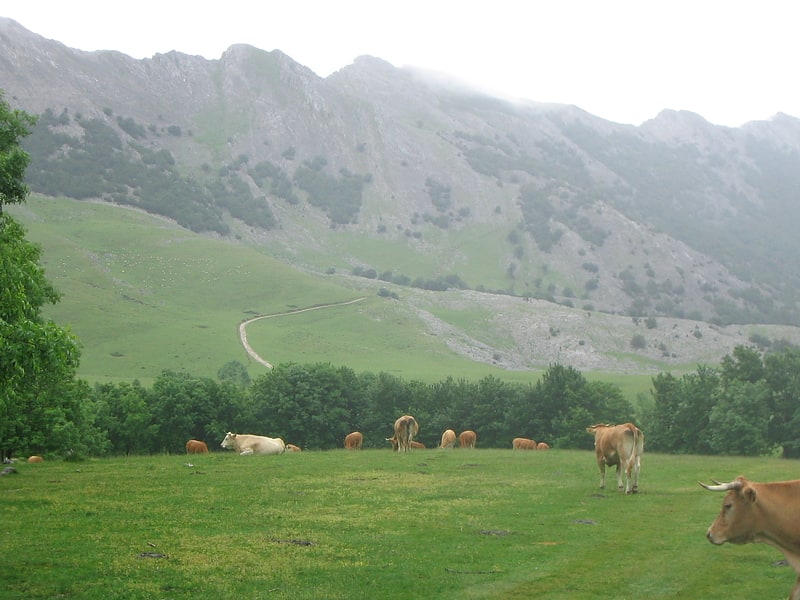
Also known as: Aitzgorri
Massif in Spain. Aizkorri or Aitzgorri is a massif, the highest one of the Basque Autonomous Community with 1,551 m AMSL at its highest point. The massif is formed by a crest of limestone summits aligned north-west to south-east all in a row at the south of the province of Gipuzkoa, namely Artzanburu, Andreaitz, Arbelaitz, Iraule, Aitxuri, Aketegi and Aizkorri. Despite its slightly lower height, this summit is the most popular one. The Aizkorri massif is one of the most conspicuous geological formations on the Basque Mountains range.
The mountain range is delimited at either end by the Biozkornia and San Adrian passes. On the one end the massif stretches west to the Aloña massif, on the other one to the Altzania massif (highest summit Aratz). The major Madrid-Irun railway cuts its way through the northern steep slopes of the mountain range, with two train stops, i.e. Otzaurte and Zegama Apeadero hardly operating any longer.[4]
Basque Mountains
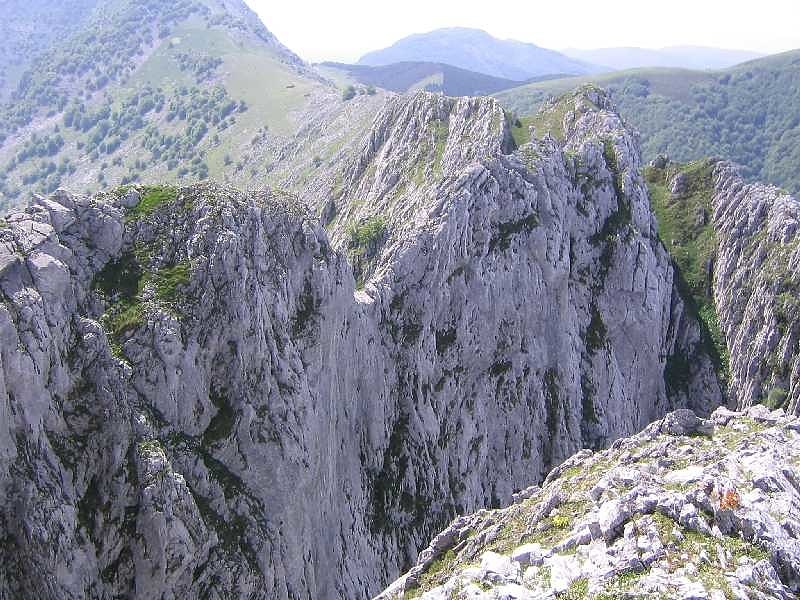
Also known as: Montes vascos
Mountain range in Spain. The Basque Mountains are a mountain range situated in the northern Iberian Peninsula. Geographically it is considered as the eastern section of the larger Cantabrian Range. The range runs through the Basque Autonomous Community and western Navarre.[5]
Arantzazuko Amaren Santutegia
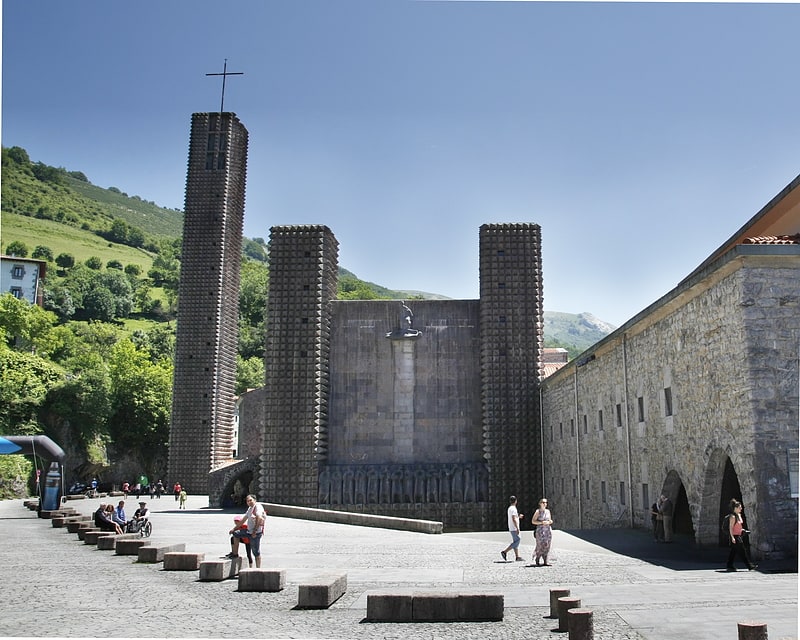
Church
Address: Lugar Barrio Arantzazu, 6, 20567 Arantzazu
Santa Krutz Ermita

Church
Address: 73 Araotz Auzoa, Aizkorri-Aratz Natural Park
Dolmen Elgea I / Elgea I trikuharria

Sancti Spiritus ermita
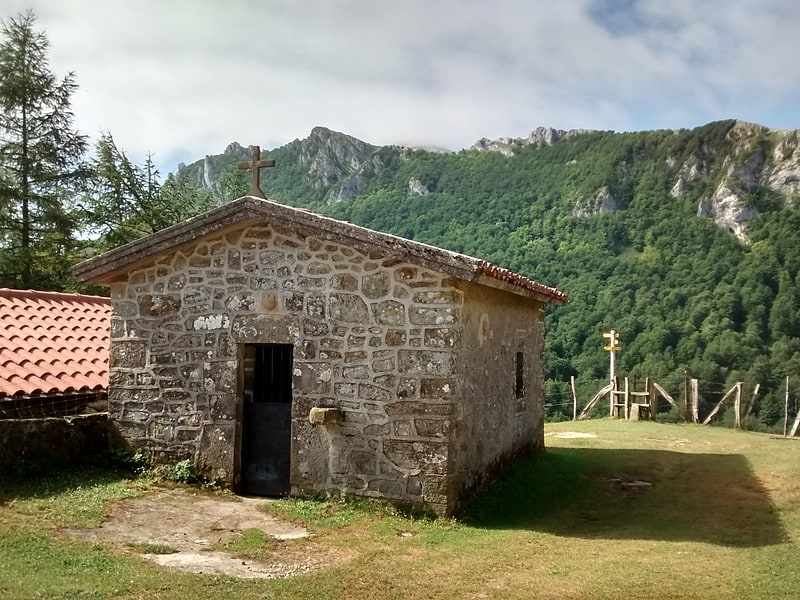
Church